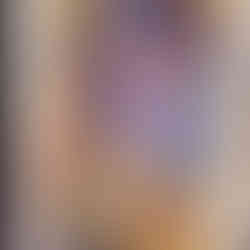- Ladureena

- Feb 5, 2024

In addition to the prayer books I have already told you about, there are two more preserved that belong to Anne Boleyn. One of them is of very high quality and not printed, contains about 50 illustrations, created around 15-16c in Bruges. What makes it not only a beautiful book and memory of her is the interesting dialogue between her and Henry VIII from the time he was trying to get a divorce from Catherine of Aragon. The inscriptions are also placed in a way that carries a message - Henry writes next to an illustration of a flayed Christ: "If you remember my love in your prayers as strongly as I adore you, I shall hardly be forgotten, for I am yours. Henry Rex forever." This suggests that he is just as tormented being a man who cannot be with the woman he loves. Her answer comes soon: "By daily proof you shall me find to be to you both loving and kind." next to an illustration of the Virgin Mary receiving a message from an angel that she will have a son. This serves as a promise that this is what Anne Boleyn can give Henry. The thing he craves the most but never gets. Either way, it's an interesting look into the hearts of these two people from when their love was still burning. This beautiful prayer book is also part of the Hever Castle collection open to the public.
Regards, Julia









